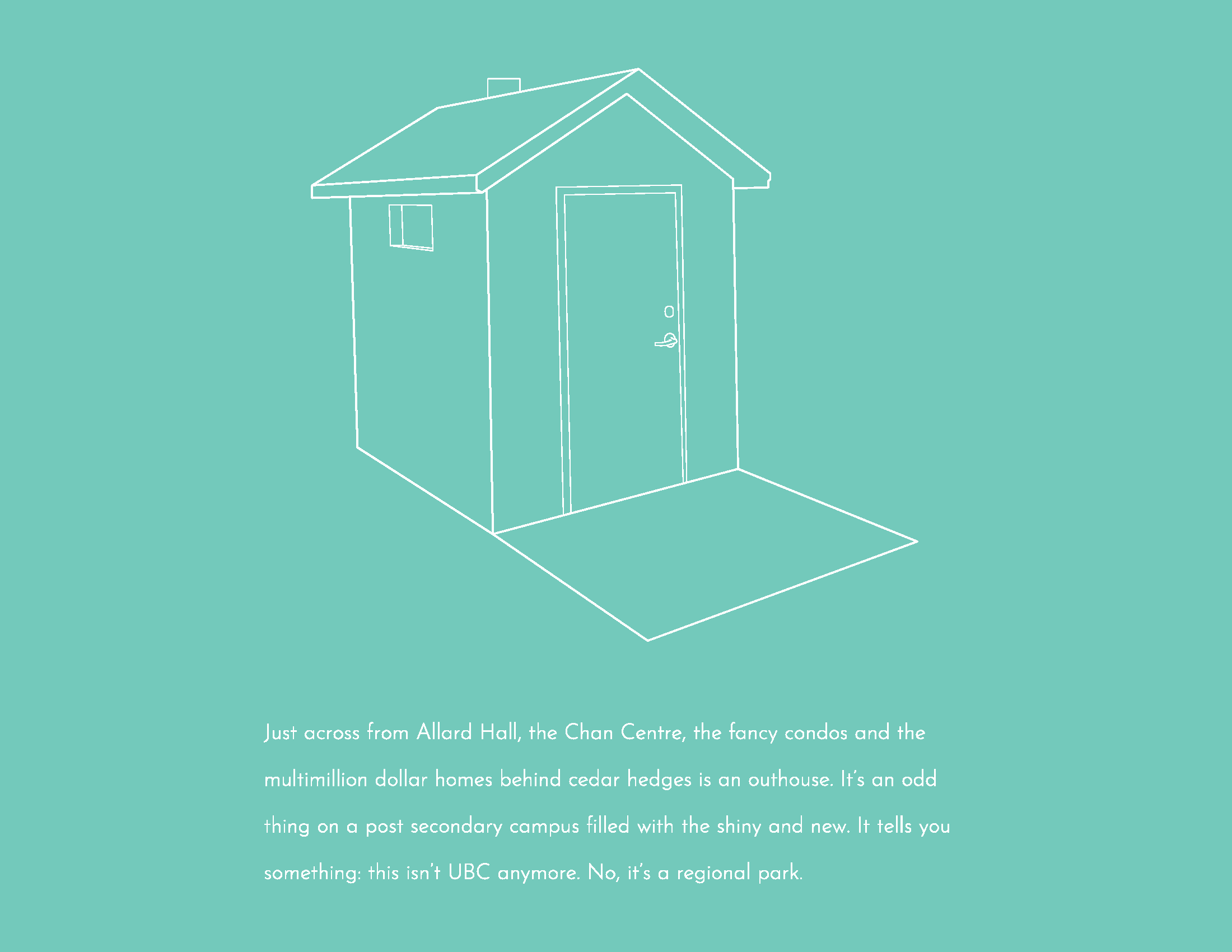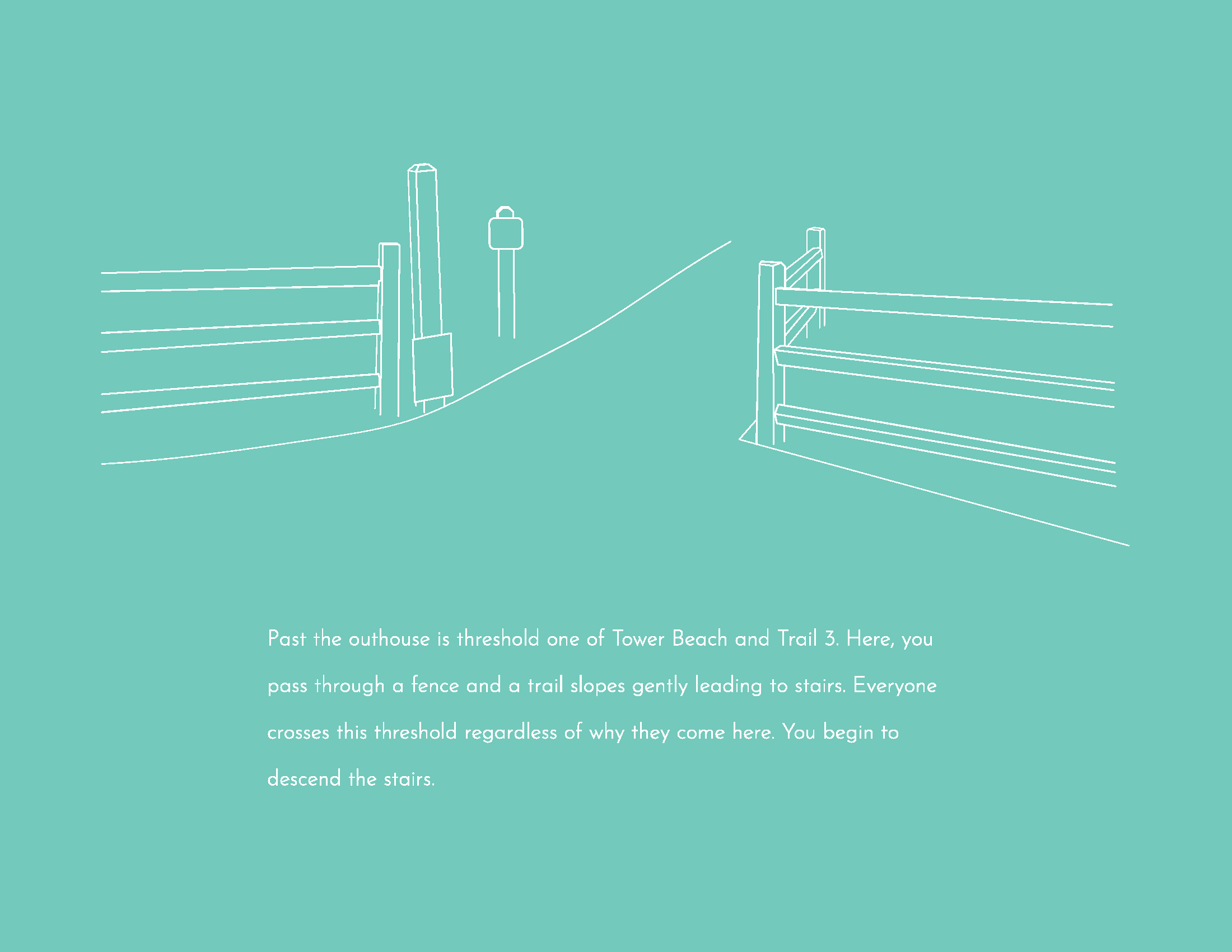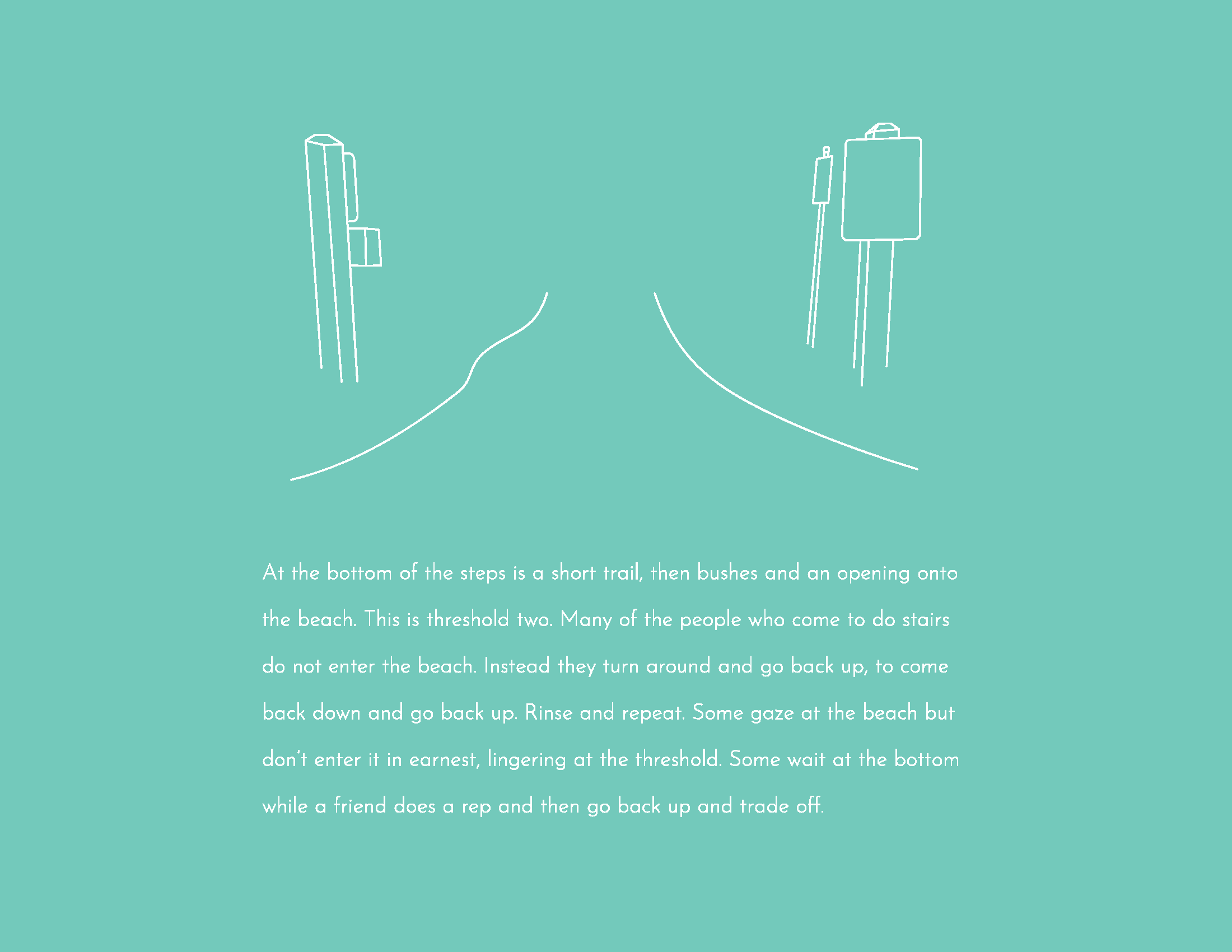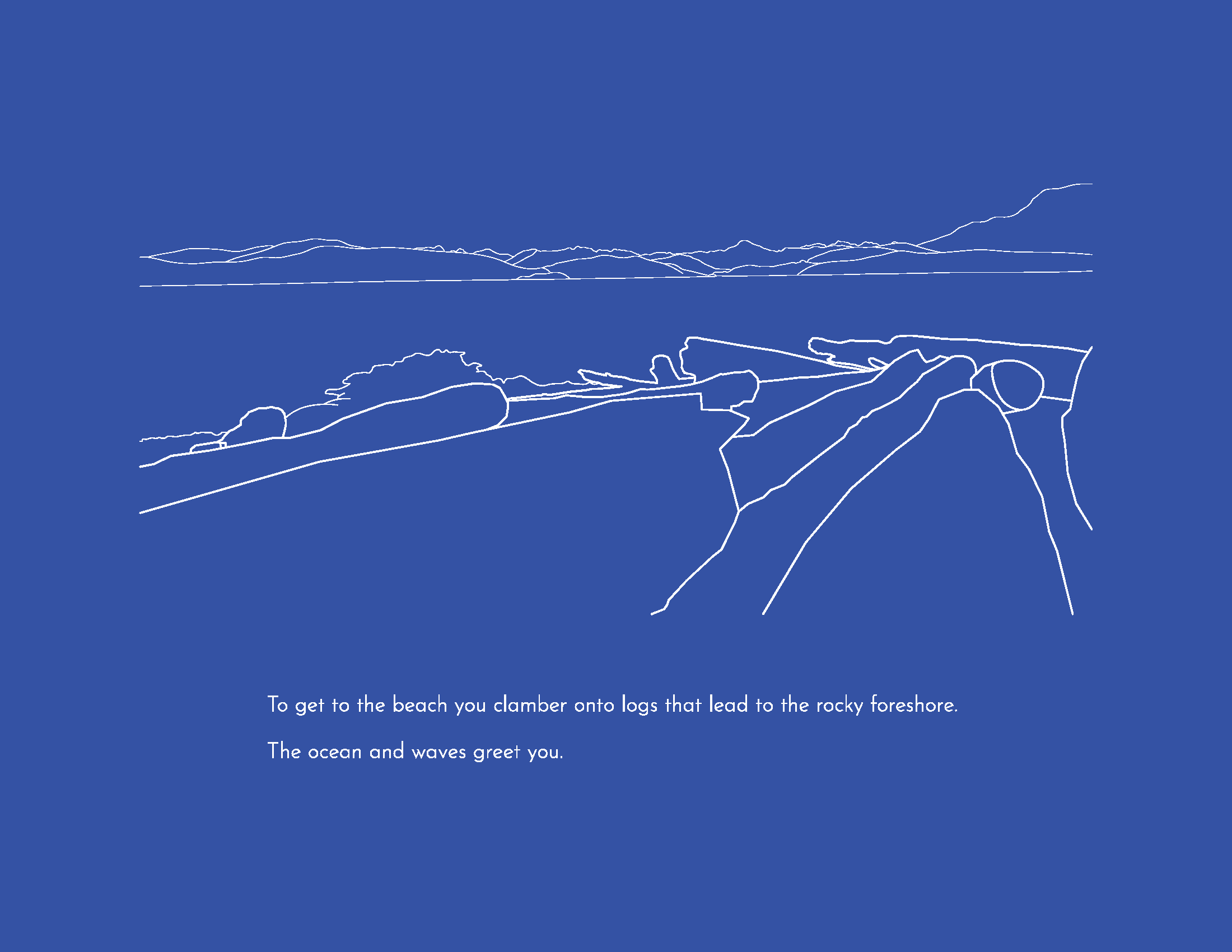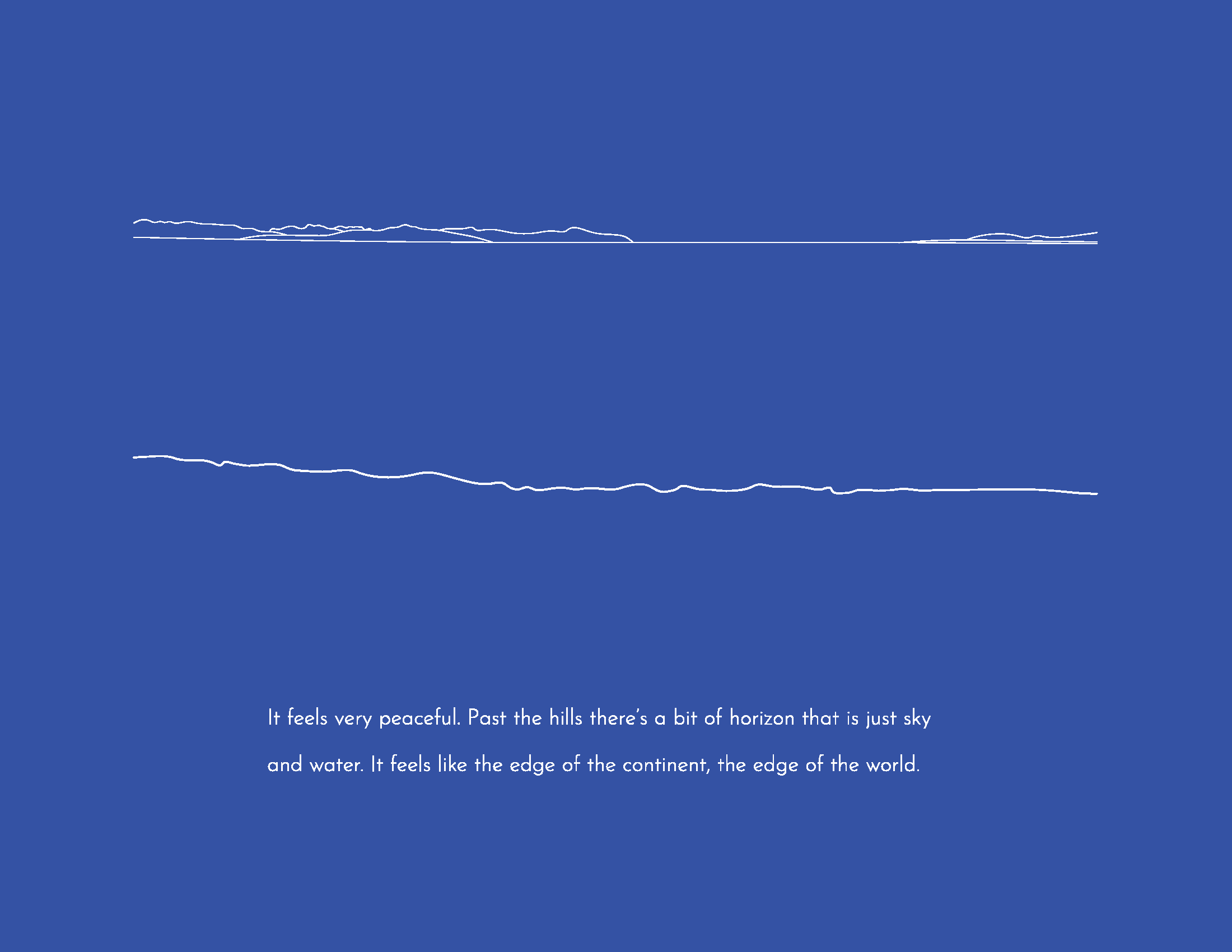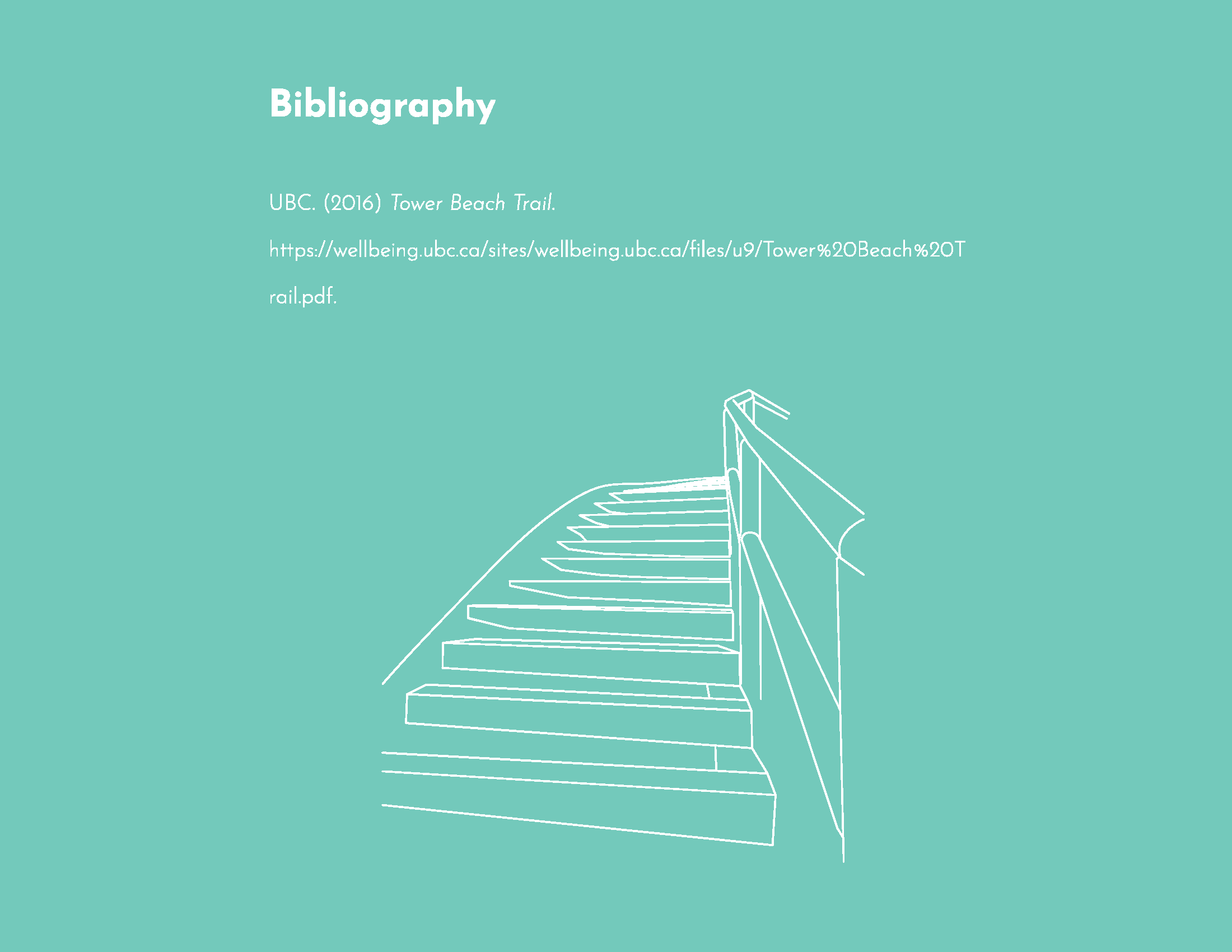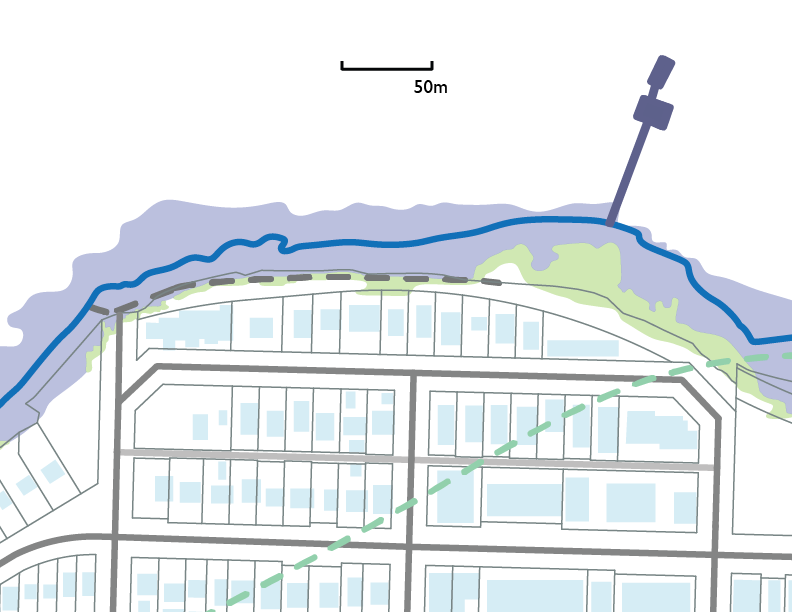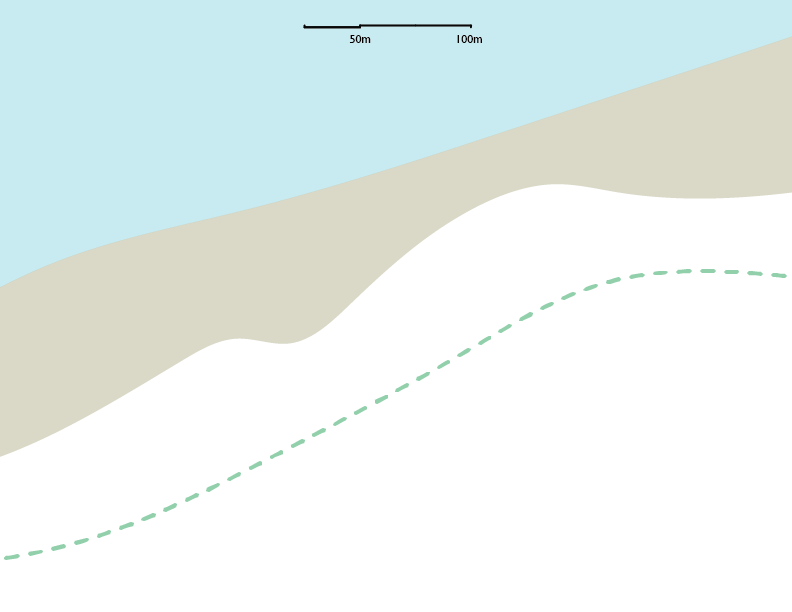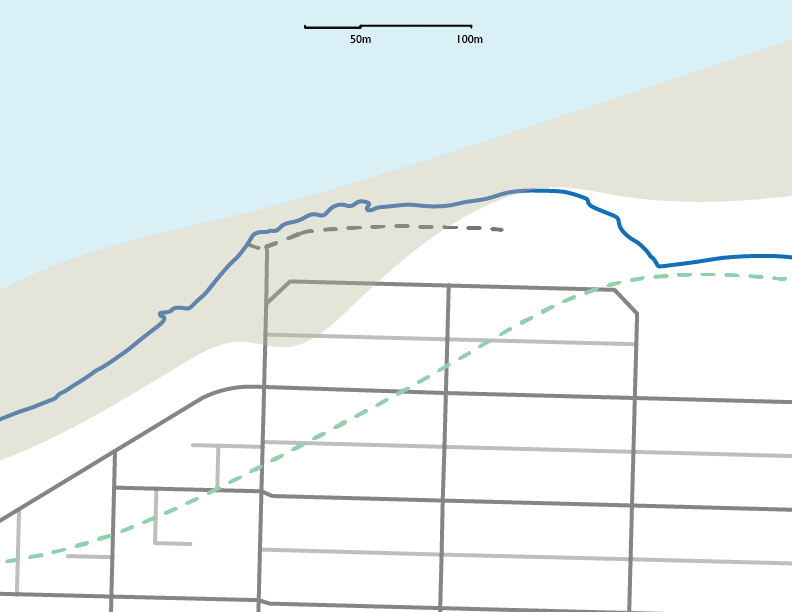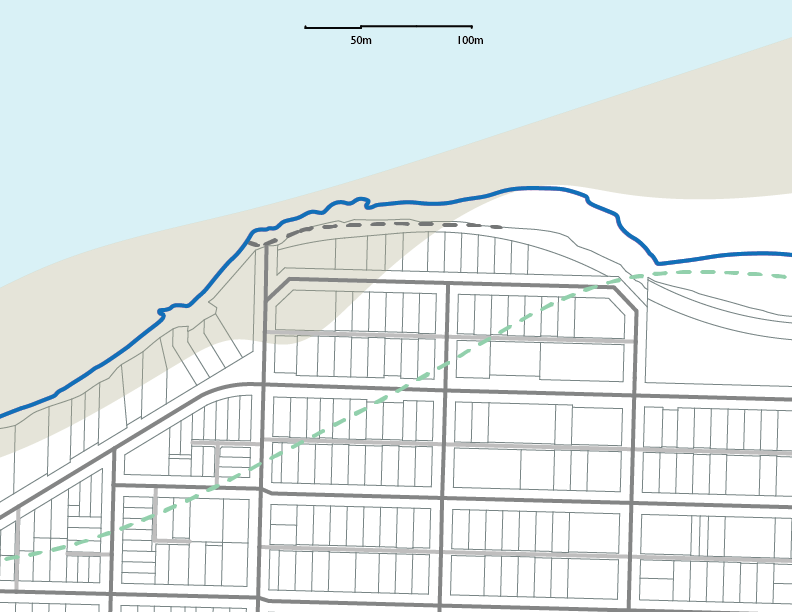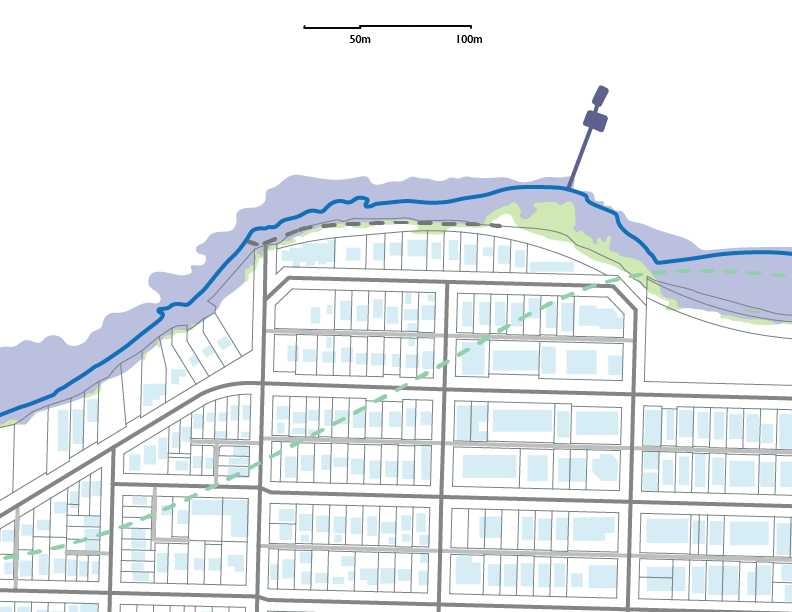The guest speaker in my class yesterday was talking about platforms and digital media, and commented that books are no longer the thing. The latter comment broke my heart a bit even if it was right.
Books don’t make you famous or influential in the way they once did. Some people make it work but if Ian McHarg or Humphrey Rempton were around today they’d be using social media.
He certainly has a point.
But I also still love books. I still love the world of writers I have longed to be a part of for as long as I can remember. Perhaps I am a stubborn straggler in this. The amount of books I read is both a party trick and something that has only ever felt truly understood by others who love books and writing the way I do — this connection is almost always occurs while I am reading.
There are some books that do make things so perhaps he is wrong as well. The Happy City and Joyful come to mind. Both are influential books with long lives, both are books I am spending time with in my research.
I think a lot about these platforms and where to post and what to post, where to spend my time. My scattered energies pull me in so many different directions. I want to leave Twitter, it ain’t what it used to be and it’s only going to get worse. I remember Wordpress and Tumble and Neopets. All of them historical artifacts.
I was a photographer once. In the process of accepting that I would no longer be a photographer I stopped using Instagram, I unfollowed all of the people doing the thing I could no longer do that I used to follow. I went away for a while. Then I came back and I started using Instagram for something different. Now I like it far more than Twitter. My account and life are very different. Things change. Our bodies, our lives, our interests, our technologies.
None of these things are permanent in an endless shifting sea.
Then there’s Austin Kleon saying simple good things last. Email lists, the blog on your website.
I might add books.
Something I can hold in my hand, mark up, fold, bend, mess up, hang out with.
Austin Kleon would tell me that blog posts become books. That I should keep writing, writing everyday. Watch it add up. And if the books make you happy and nobody notices who really cares?
Descending / Ascending
From my summer class on ground truthing. Decided to focus on thresholds and users of Tower Beach
Otter St
Came across this gem while going through some files.
We should name more of our streets after things that aren’t people.
A street sign in Banff that says Otter St
Permission
This is from an article by Dr. Nancy Doyle, an organizational psychologist I follow. It’s about the cognitive costs of covid, something that remains uncertain. What does all this trauma do to us? What does the virus do to our brains if we get it?
Navigating being a student while recovering from my assorted injuries in 2018 was really hard in part because I didn’t know how or whether to talk about what was going on. The process was hard to navigate and during a time of uncertainty I felt like I couldn’t ask for things I needed, and that if I did (since I was awaiting a diagnosis) there was a good chance I wouldn’t get them. Making an opening for that to be okay to say I don’t know exactly what’s happening but I feel off, or I’m tired, or I’m having a hard time is key. Humans get sick, we are fragile. Having a culture that makes space for that and welcomes it without judgment or consequences would be really valuable.
Break into pairs
Apparently I’m stressed about finding partners for group work and can’t sleep.
WOAH I got two hours of sleep. It’s gonna be a fun day.
I might go to the beach and watch the sun rise because why the fox not?
SALA haiku
Leaves falling
I present this syllabus
Deadlines, hopes
A blessing for the new semester
In the style of Harry Potter and the Sacred Text — an awesome podcast y’all should go out and listen to — I present a blessing for the new semester.
May your computer work. May your software not be glitchy. May the plotters smile upon you and be cooperative.
May you have time for breaks, for rest, for meandering, for loitering, to pause, to wander, to get lost, to try things out.
May you be rewarded for your effort as much as your execution.
May you enjoy these moments. May you think I get to about this endless work on occasion in place of I have to.
May you remember why you wanted to do this.
May you lean into the discomfort of not knowing how to do it, of being a beginner, of learning. May I replace hesitation and research with diving in.
May you enjoy this time in this place with these people for there will be so little of it. As the song goes the years have seemed short by the days go slowly by.
May you remember this feeling of possibility and excitement at the midterm review when you mostly just want to sleep.
May it be a good semester, a good year.
I pause to welcome a new beginning and reconnect with how I felt upon arriving at SALA a year ago.
Welcome back.
Dreaming in Spanish
I had that dream again, the one where I flunk out because I forgot to do an assignment.
This time I was in Spanish class — not that I am taking Spanish at UBC or anything — and hadn’t done any of the assignments and was trying to negotiate a day to do all of them.
The semester must be starting or something.
Point Grey Foreshore: Past presents and imagined futures
The maps I made for my presentation yesterday on my site at the Point Grey Foreshore near Kits Beach. The first is the indigenous use of the site pre-colonialism, then the street grid, lot lines and buildings. Next is flood predictions for climate change.
I have three artifacts
1.
A dashed line on a map representing what was here before Europeans arrived.
A trail that was compacted by the repeated passage of human feet. It was selected based on topography, the condition of the land and the needs of those passing through.
It was a trail selected by the desires and instincts of humans rather than the needs of commodification and measurement. It was collectively accessible and enjoyed.
2.
Second, the present through a more recent past, a colonial past, embedded in the shape that our streets, sidewalks and buildings take. A past that is inescapable in Vancouver and defines the form the trail takes today.
This is land that was parceled off. Right angles replaced the desire line. It was to be bought and sold, owned by individuals rather than something that was for all of us.
3.
A map prepared by the City of Vancouver about the future. It accesses flood risk due to climate change up to 2100.
It tells me that the foreshore and trail will be radically different in eighty years. Flooding will be far more frequent.
The trail and other areas making up our valuable public waterfront are under shapes telling me that more and more often they will be inundated until they are ultimately submerged.
Assuming nothing changes in their design and elevation.
Next slide
1.
First, this is a map from Visual History of Vancouver by Bruce MacDonald. It was published in 1992 and predates much of the mapping technology we use today. I accessed it online as an e-book rather than as a physical object. The map is less precise than the other two. I don’t know how much to trust the exact locations of the shoreline and trail but I’ll take his word for it.
In laying the trail over maps from today I am surprised to find that it is further back than I’d imagined it would be. Without the roads and form of today’s city it’s hard to place the features depicted by the map.
Next slide
During the time between when the glacier receded at the end of last ice age, leaving behind it the stunning landscape of the Burrard Inlet, and when European settlers arrived, Vancouver was home to the Musqueam, Squamish and Tsleil-Waututh peoples (Berelowitz, 2005).
They did not live on this site but there were waterfront villages in what is today False Creek. A notable one was at the current location of Granville Island (MacDonald, 1992).
This trail would have been a connector for those living in nearby villages as well as passing through the region.
It was selected and marked by the movement of feet passing along it, compacting the ground and restricting the growth of vegetation. Selected not by the lines of the grid but by the conditions of the landscape and what route made the most sense.
The trail and the land around it would have been collectively held. The UBC Indigenous Foundation writes, “Most First Nations did not believe that pieces of land could or should be owned by individuals—humans, along with all other living beings, belonged to the land. The land provided for humans, and in turn, humans bore a responsibility to respect and care for it. Many Aboriginal peoples understand this as a reciprocal relationship with the land. European settlers arriving in North America brought with them concepts of private property ownership, and the notion that humans could, and should, own land” (2009).
Vancouver is a heavily gridded city. Straight lines and right angles abound. They were a great way to buy and sell, to commodify and trade land.
In City on a Grid, a history of New York’s grid, Gerrard Koeppel writes, “The grid favours private interest over public convenience. The right angle values its interior space. Diagonal or nonlinear routes – dirt footpaths through an empty lot, curvilinear forms traversing natural topography – celebrate public space, the civic interest” (2015, xv).
Next slide
What we now think of as Vancouver, the street grid and lot lines, were created by imperial acts of measurement. The forest and waterfront were measured and divided using a device known as the chain. 66 feet or 20m long, the length and depth of blocks as well as the width of streets was derived from this unit of measurement (Berelowitz, 2005).
Next slide
In Dream City Lance Berelowitz writes, “The streets devised by the Royal Engineers and CPY surveyors was a highly effective, if somewhat crude way of subdividing raw land. It reflected the unsentimental military mindset of the British colonial imperative. Variations of it had worked across the Empire, wherever the British had set up shop in new territory. What it lacked in grace or sublety it more than made up for, in its authors’ minds at least, in its promise of commercial efficiency” (2005, 60)
Next slide
This act of surveying was largely an act of obliteration. Of forests, of trails, of past ways of using and accessing land.
There are a few remnants that break the grid.
Kingsway is a prominent example. It was the original trail used by indigenous folks that followed the “ridge line of the hilly landscape” from East Van to New West (Villagomez, 2008). It was retained and incorporated into our streets.
Next slide
2.
This recording is taken at one of the spots where the historic foot trail crosses with a place that is publicly accessible. Mostly it runs through lots and buildings but in this spot it intersects with a road and sidewalk, somewhere I can go without trespassing. Somewhere I can sit for a while and not be asked to leave.
Next slide
This spot is less peaceful than the trail. The sound of vehicle traffic is loud and noticeable. I can also hear people running and jogging. Their feet pad against the smooth and solid sidewalk. I can only hear the texture if someone is dragging their feet. I can also hear bikes and the rustling of the wind.
4.
My second artifact is a Google Maps satellite image embodying the condition of the site today and with it the street grid, lot lines and buildings that are a product of colonial surveying (Google Maps, 2019).
One of the waterfront homes on Point Grey Road recently sold for $12,300,000. Another further west on Point Grey Road sold for $17,800,000 (Zealty, 2019).
I cannot enter these yards, these homes. They are worth a great deal. They are a roaring success if your goal is to commodify land.
The map is finer and more precise than the previous map. I can zoom in and out. I can see many details of the site including the condition of the rocky natural beach and how it appears in the water. For me it encapsulates the changing nature of my site, the coming and going of tides, better than other current maps.
The first map recording the precolonial condition of my site reflects the tidal nature of the waterfront. It uses a separate colour to mark an area that would be shifting and changing. The satellite image doesn’t do this but does show the water, the path and the foreshore in a way others do not (Google Maps, 2019; MacDonald, 1992).
Next slide
5.
The only thing we can be certain of is change. We especially live in an era of rapid change and chaos. Our world is burning and there is an opportunity to critically rethink the way we have built our societies and the world around us.
My third and final artifact speaks to the future. It was prepared for the City of Vancouver by Northwest Hydraulic Consultants in 2014 to access future flood risks to 2100. A 1m sea level rise is predicted.
I personally think that’s a bit conservative but for the purposes of this assignment I’ll go with it.
Next slide
I have a final recoding taken from the bench closest to the east end of the trail.
The trail and beach have an uncertain future that includes increased frequency of floods and erosion. In the future, if nothing changes these spaces could become inaccessible. As the water rises less and less of the foreshore will be accessible to humans. The trail will face the risk of erosion and damage during flooding and king tides.
It’s still not accessible, another choice, another problem.
Perhaps if we claim some of the space currently occupied by those expensive homes, we could build an accessible and resilient place. Perhaps.
We are in the midst of a housing and climate crisis. There are costs to the choices we have made. All this individualism is hurting us and it’s hurting the planet. We need each other. We need our public spaces. We can’t go back but we are in a moment where we can make new choices about how the future unfolds.
The trail we have now isn’t the same as it was but it’s still there. It feels different than the road and sidewalk where I sat to make my recording.
For now, I love this space. I am drawn to it. I would add my voice to the assorted calls saying that this is a place worth preserving. The decision not to do something is as powerful as the decision to do it. We can learn from the problems created by past decisions and do something different. We must.
It feels nice to be there. It fills a need I have as a human and it fills a need lots of others have too. To gather, to be around vegetation, to listen to the sound of waves rolling in, to experience surprise, wonder, joy and rest. These things can’t be monetized but they are vital and we need them.
There is beauty in those dashed lines.
Bibliography
Berelowitz, Lance (2005) Dream City. D&M Publishers Incorporated.
City of Vancouver (2014) Coastal flood risk assessment Burrard Inlet flood depts not including freeboard: Scenario 3 - Year 2100, SLR 1M probability of 1/500. Vancouver.
City of Vancouver (2019) VanMapp. https://vanmapp.vancouver.ca/pubvanmap_net/default.aspx [Accessed 2019.08]
Google Maps (2019) Google Maps. https://www.google.com/maps [Accessed 2019.08]
Koepell, Gerard (2015) City on a grid: How New York became New York. Da Capo Press.
MacDonald, Bruce (1992) Vancouver: A Visual History. Talonbooks.
Indigenous Foundations UBC (2009) Aboriginal title in Indigenous Foundations. https://indigenousfoundations.arts.ubc.ca/aboriginal_title/ [Accessed 2019.07.30]
Villagomez, Erick (2008) Vancouver’s deviant grids in Spacing. May 26. http://spacing.ca/vancouver/2008/05/26/vancouvers-deviant-grids/ [Accessed: 2019.07.30]
Zealty (2019) BC Real Estate Map in zealty.ca. https://www.zealty.ca/map.html [Accessed 2019.07.21]
Make better places
Playing around with Illustrator. I’ve been meaning to figure out how to scan hand drawn stuff. It doesn’t seem too hard. Getting some weird greyscale stuff going on.
Lollygaggle + meander
I’ve been thinking about rest a lot lately, as one does in this day and age.
One of the things I wonder about, though I do this less than I did first semester, is whether or not there is a place for me in design, at SALA, in landscape.
If I can’t give and give, if my body can’t take the strain and demands of a brutal educational pedagogy and design culture then what am I doing here? Do I belong in this field? Will people make space for me? Will I be able to make space for myself?
How do I deal with the demands of a program that often expects enormous sacrifices of physical and mental well-being in order to complete work on time and to the expected standard.
I have been looking at yoga classes, dance class, adult swim classes at UBC. They seem fun. They’re the type of thing I’d love to do, but I probably don’t have time for them.
My life for the next two years is SALA, is keeping up with the demands of my program.
First semester when we were overwhelmed and struggling with the work load we were told to manage our time as though a lack of organization was the issue at hand rather than the fact that it took me a long time to do basic things quite badly. I was a beginner, slow, clumsy, clueless. Instead of being told that it was hard and it took time to get faster I was told to manage my time.
This cut into time for sleep, self-care. Happiness.
It’s a problem in grad school in general but it seems like the culture of design is particularly brutal.
Which brings me to rest.
I learn better when I’m not scrambling to just finish my work but when I have time to make mistakes and meander, when I get to see my friends and take breaks.
My goal for school is to figure out what work has to be done and do it as quickly and seamlessly as possible. There will never be enough time so I minimize what else is in my life.
I was listening to On Being with Krista Tippet and she interviewed Ross Gay who thinks a lot about delight. He reads out:
Even though I subtly dosed in the late afternoon sun pouring under the awning the two bucks spent protects me, at least temporarily, from the designation of loiterer. Though the dosing, if done long enough or ostentatiously enough or with enough delight, might transgress me over.
The Webster’s definition of loiter reads thus, “To stand or wait around idly without apparent purpose and to travel indolently with frequent pauses.”
Among the synonyms for this behavior are linger, loaf, laze, lounge, lollygaggle, dawdle, amble, saunter, meander, puddle, dillydally and mosey.
Any one of these words in the wrong frame of mind might be considered critique or noun epithet Lollygagger or Loafer.
These words instead of being desirable or nice or pleasant are insults. If you do these things you are a problem.
All of these words to me imply having a nice day, they imply having the best day.
They also imply being unproductive, which leads to being even if only temporarily non-consumptive.
Delight ties in directly with rest.
You’re in a bit of non-productive delight, heads up.
Which points to another of the synonyms for loitering, which I almost wrote as delight, taking ones time.
For while the previous list of synonyms alude to time, taking one’s time makes it plain.
For the crime of loitering, the idea of it is about ownership of one’s own time, which must be sometimes wrestled from the assumed owners of it who are not you, to the rightful who is
In a world where we must always be on, where we must always be making ourselves useful, getting something done pausing and resting and doing nothing doesn’t get the space it needs.
I don’t need to manage my time better. I need breaks and rest. I need to meander and lollygag. I need a society that values those things more.
Let's build better places
I'm on a let's build/make better places kick. Stumbled upon a @adamstones quote for today. Seems fitting.
Ferns are dope
I’ve been saying this a lot lately and I actually got around to doing this thing.
Expansion + destruction: capitalism is the worst, etc
She writes good stuff.
Take care of each other folks. It's what social species do.
Went to the dentist. Why is it not covered? Made this.
